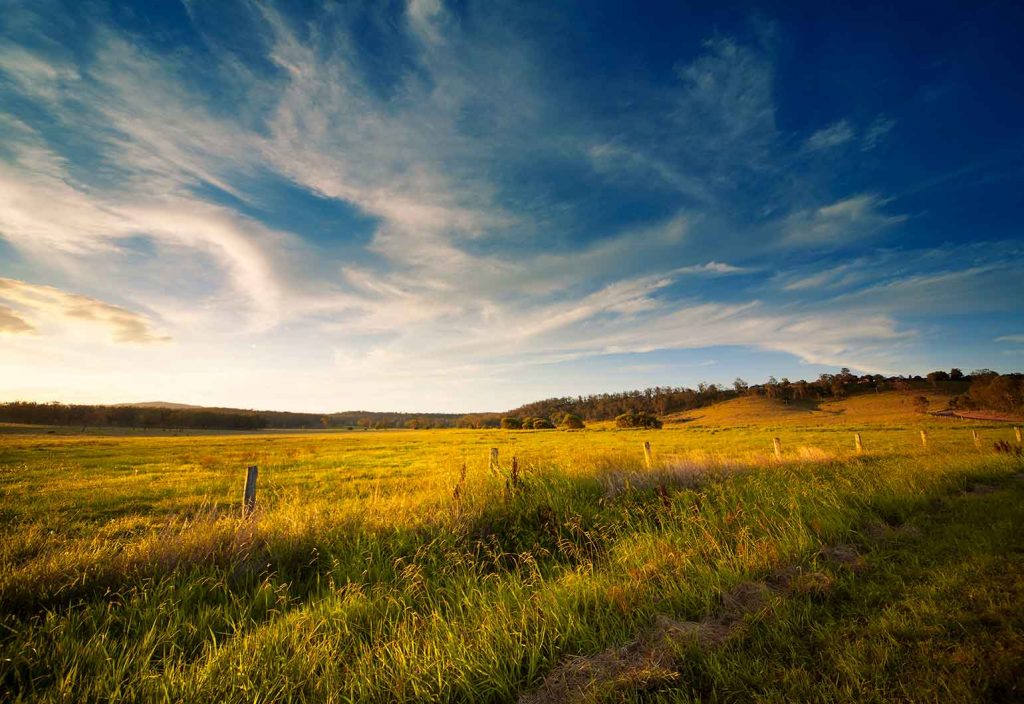In the lead up to UNESCO’s World Engineering Day for Sustainable Development (4 March), create is presenting a series of discussions with experts, revealing the evidence — including major innovations and projects, challenges and solutions, opportunities and risks — that proves engineers in Australia are leading the way to a better future. Find all create’s WED22 content here.
Don’t miss Engineers Australia’s free World Engineering Day webinar at 12.00 pm AEDT on Friday, 4 March.
Matthew Warnken, Managing Director of AgriProve, hopes to take farmers on a journey.

This journey begins with better farming practices allowing more carbon to be stored in the soil and leads to the farmers developing carbon credit sales as a new income stream.
“It is about storing carbon in the soil by growing better,” Warnken said. “It involves a focus on biological pathways to productivity, growing on the same pastures but with better quality of above-ground management. That starts a cycle where you build up the carbon store in the soil.”
This has the added benefit of creating more resilient agricultural land by driving roots deeper into the soil, improving soil quality, boosting organics and encouraging greater microbial activity, rainfall infiltration and water-holding capacity, he said.
Conventional soil testing and research has focused on the top few inches of soil, Warnken said. But for a funding model to be built, one that involves the trading of carbon credits, greater evidence has been required.
Soils have been recognised as living systems that require certain biologically active conditions before soil carbon can be built.
And soil carbon is no small fry. The Australian Government’s Australia’s Long-Term Emissions Reduction Plan says, “AgriProve’s analysis indicated the national potential across cropping and grazing land (not including lower rainfall rangelands) could be at least 103 million Australian Carbon Credit Units annually.”
A CSIRO analysis was also quoted, noting the potential for improved management of just one quarter of Australia’s crop and grazing lands to secure 35 to 90 million tonnes per annum through soil carbon.
What does this have to do with engineering? The development of the sector is expected to drive enormous innovation around remote-sensing models for soil carbon stocks to more accurately reward good land management with carbon credits, and to develop increasingly detailed understandings of broader landscape function.
“It’s the equivalent of going underground and turning the lights on to see what is actually happening — and doing that at scale,” Warnken said.
“Our expectation is that every farm becomes a real-time laboratory, where you’re able to test management changes and understand their impacts on landscape function. Australia is leading the way.”
